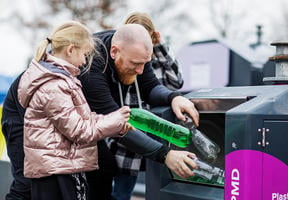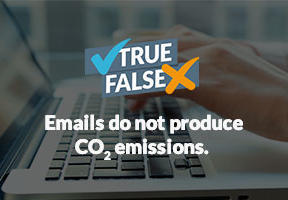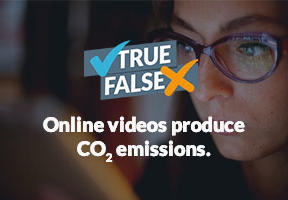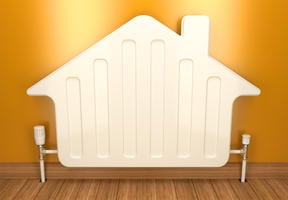Recycling - Garbage Cans Full of Potential
5 min read
Four million metric tons of household waste are produced worldwide every day, equivalent to the weight of 400 Eiffel Towers. The European Union contributes 600,000 metric tons daily – an average of 1.2 kilograms per European each day. Around a third of this waste is packaging made from various materials, such as glass, paper and cardboard, aluminum, steel and plastic, so sorting and processing these items is essential for our environment.

© THINKSTOCK - A municipal waste sorting line for recycling.
Recycling Packaging
The best solution is , because it can be used to regenerate materials and manufacture different types of products while saving resources. The of certain materials can be converted into energy if is harnessed. Landfill is the least favorable option (aside from simply dumping waste outside, of course).
The European Union has made great efforts since the turn of the century to better recycle waste collected by local authorities. The recycling rate for waste has risen from 27% in 2000 to almost 50% in 2020. France is slightly below the European average, and far behind Germany. The EU has set a target of 60% by 2030, and 70% for a category specific to packaging1.
Recycling methods for household waste vary widely by material.
- Glass can be recycled in the form of unbroken bottles or broken glass. Intact bottles are sorted and cleaned in sorting centers. They can then be reused directly. Broken glass in bulk is stripped of its impurities and crushed. The crushed glass, or cullet, is then melted at a temperature of 1,550°C along with other materials such as sand, sodium and limestone. The resulting mixture is used to manufacture new bottles and other items. In France, 86% of glass was recycled in 2016, a rate that has remained stable since 2012.
- Paper and cardboard are compacted into bales in the sorting center and then pulped with water in a giant mixer. The paper fiber pulp is stripped of its impurities and ink. The pulp is then spun, drained and dried between heated cylinders. After final treatment, large rolls of recycled paper are ready for use. About 40% of the paper used worldwide is recycled paper. The recycling rate for paper and cardboard in France was 65% in 2016.
- Steel is recovered mostly from food cans, which are crushed in a press in the sorting center and converted into large cubes. The cubes are then sent to a steelworks, where they are smelted at a temperature of 1,500°C in a blast furnace before being integrated into the usual steel manufacturing process. Steel can also be remanufactured from clinker generated by the incineration of other waste, meaning that it is essentially recycled at a rate above 100%.
- Aluminum is contained in drink cans, food trays, spray cans and other everyday items. In sorting centers, these types of packaging are separated and impurities are removed. They are then smelted in high-temperature furnaces and the molten metal that results is used to manufacture aluminum alloy ingots, rolls and foil that are reintegrated into the manufacturing process.
What About Plastic?
As the primary source of ocean pollution, plastics are not recycled as well as other packaging materials such as glass, paper or cardboard. Some plastics cannot be recycled and others are very costly to recycle.
In 2018, the European Union recycled just over 40% of plastic packaging. It has set a goal of recycling 55% of waste by 2030. France is particularly poorly placed at 26.9%, far behind Germany (46.4%) and Sweden (50%)2.
The EU stepped up its efforts in 2020. It decided to ban certain single-use products, such as cotton buds and disposable dishware, and has introduced a tax on non-recyclable plastic waste.
The first step in the recycling process is to collect these materials. They are then sorted by type, as their different chemical compositions make it impossible to use them together in the same new product. The following must be separated:
- PVC (polyvinyl chloride), found in pipes, windows, gloves and other items;
- PET (polyethylene terephthalate), found in drink bottles, food trays and other items. In Europe, collection of PET bottles is on the rise, with about 40% currently recycled;
- HDPE (high-density polyethylene), found in articles such as milk bottles, cleaning products and their packaging.
Once sorted, the plastic is crushed, washed and dried to obtain pellets, powder or flakes of high-quality or pure resin. In this way, a plastic water bottle can be recycled to make seven smart cards.
Sources:
- See the Toute l'Europe website (in French)
- See the Toute l'Europe website (in French)






















